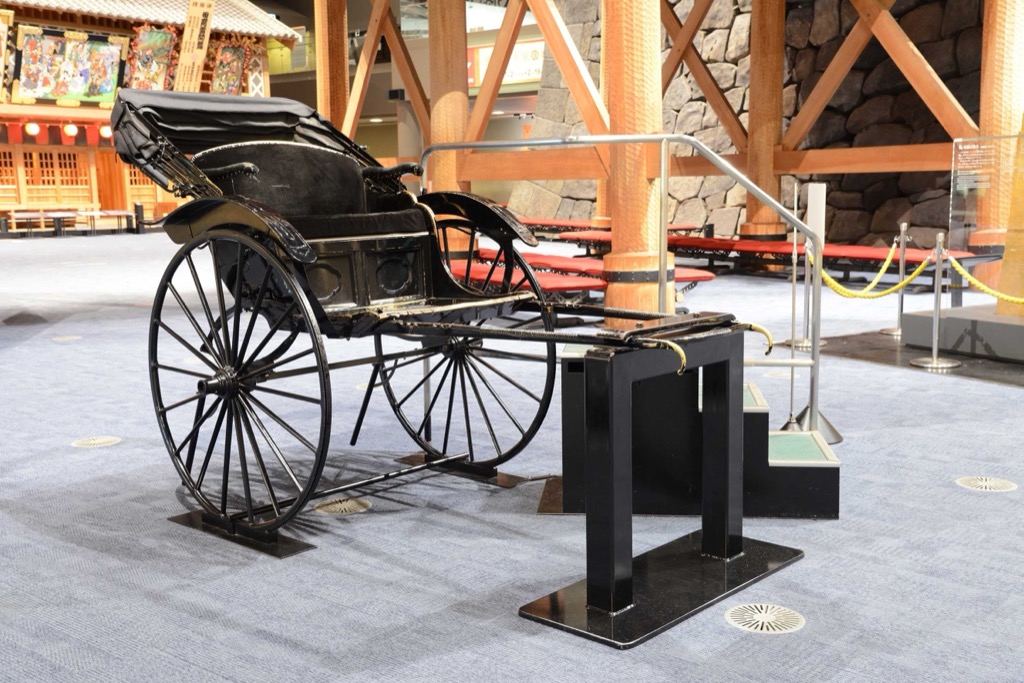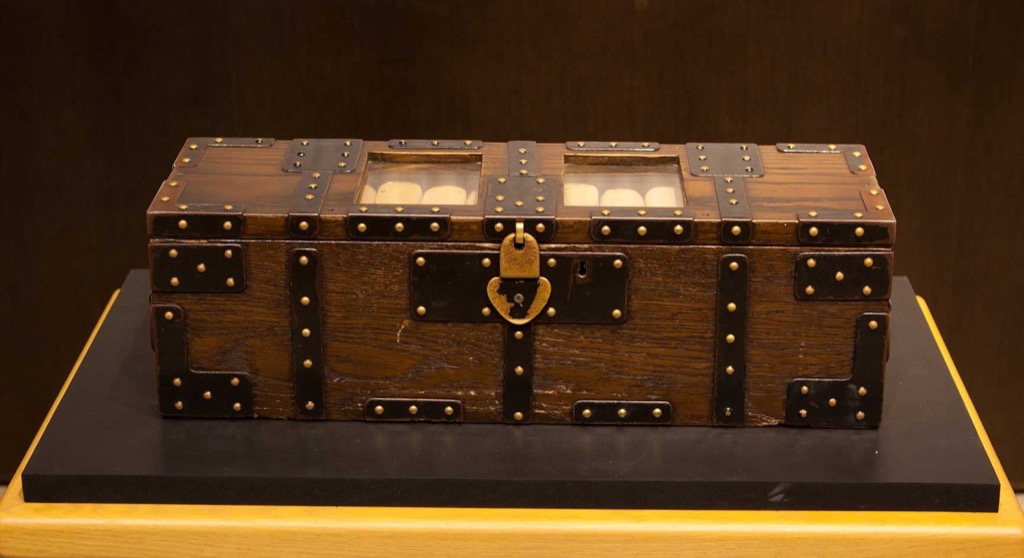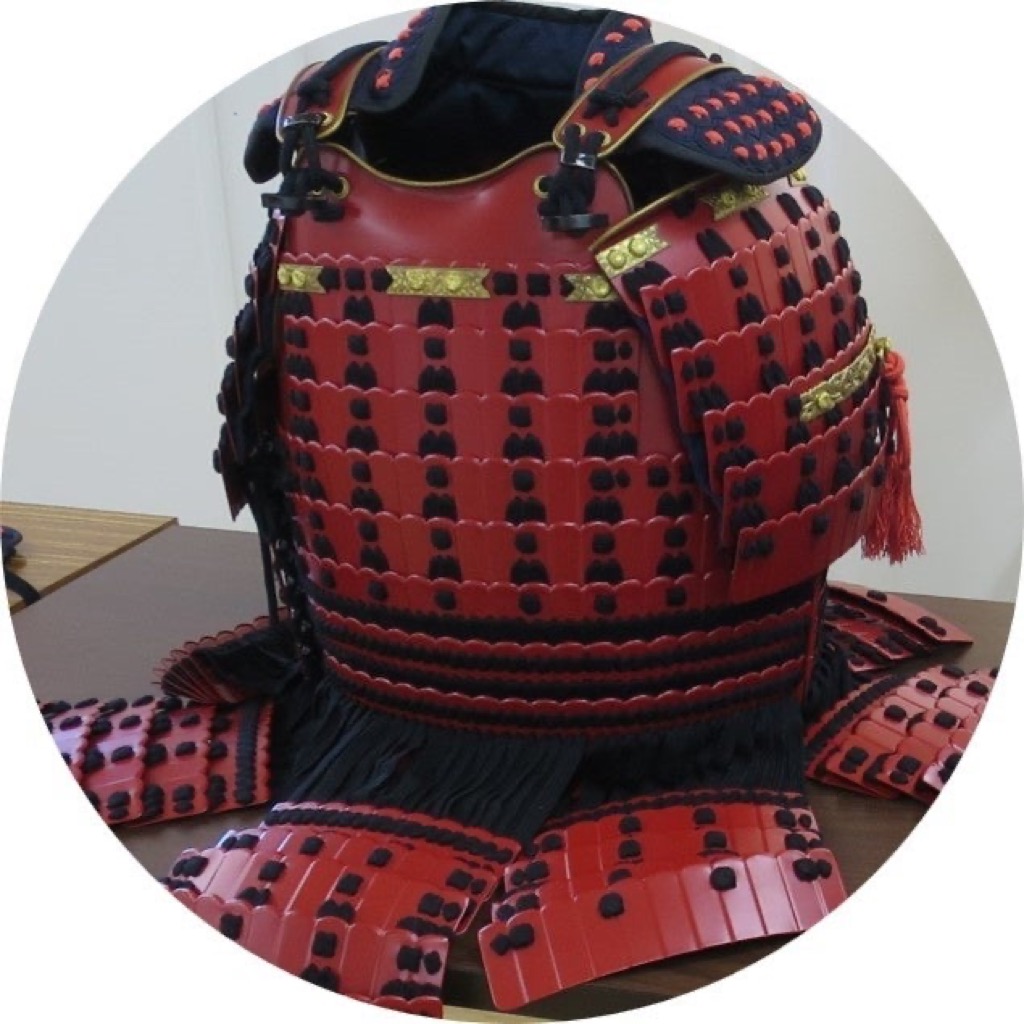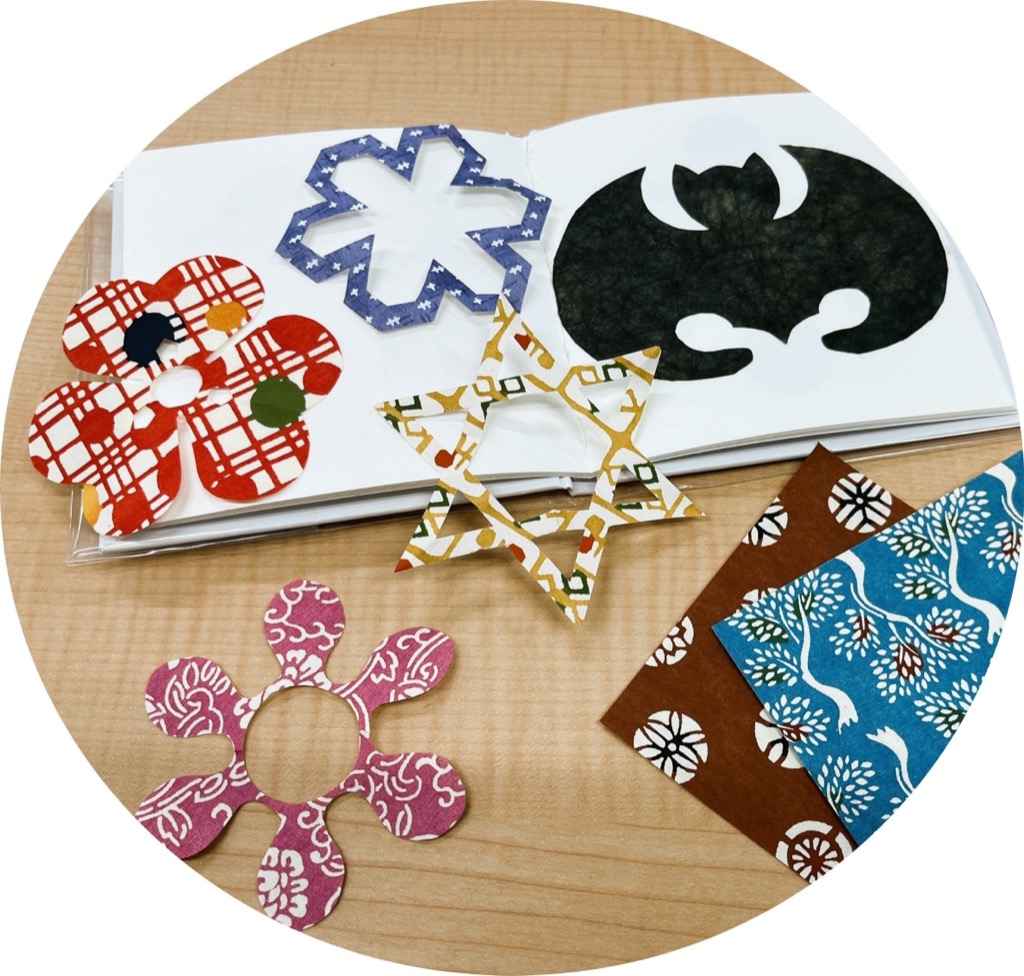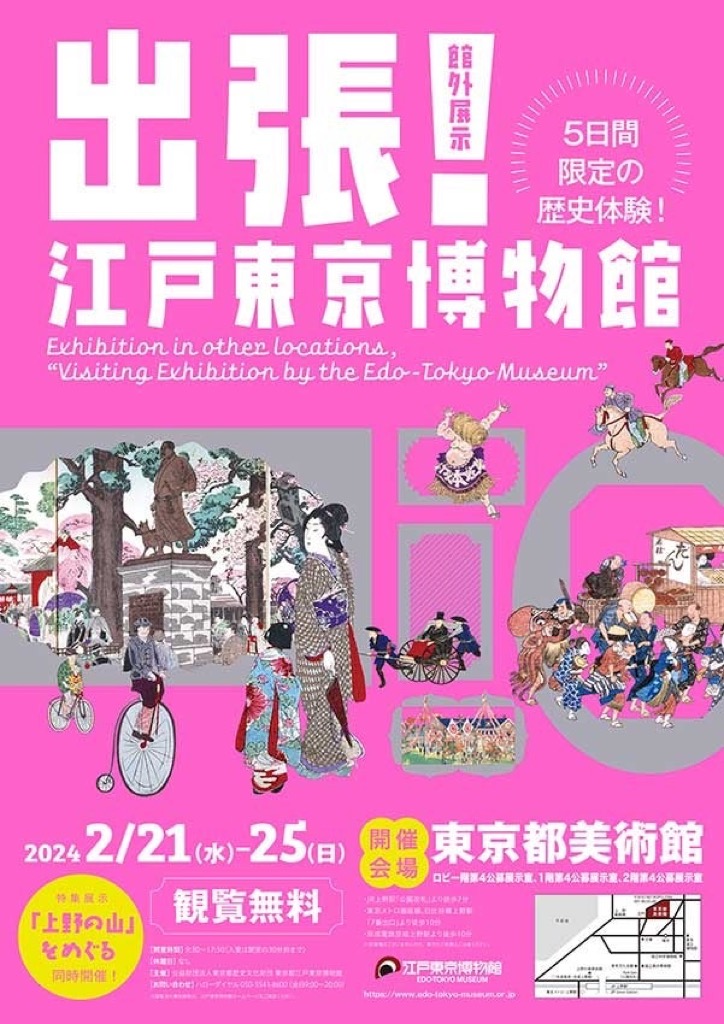
Wednesday, February 21, 2020 – Sunday, February 25, 2020
The Edo-Tokyo Museum opened on March 28, 1993, as a place to look back on the history and culture of Edo-Tokyo, and to think about the city and life of the future. Until now, many people have visited from not only Japan but also from overseas.
Approximately 30 years have passed since its opening, but Edo Hiroshi is currently closed until the end of 2025 (scheduled) due to large-scale renovation work. For this reason, we have decided to display a portion of the permanent exhibition room that is not available for viewing at the Tokyo Metropolitan Art Museum in Ueno.
In this exhibition, a collection of works from the permanent exhibition rooms will be displayed on the lobby and first floors of the 4th Public Exhibition Room of the Tokyo Metropolitan Art Museum. We will exhibit related materials, focusing on hands-on models of the familiar “Senryobako'' and “Ricksha.''
In addition, in the 4th public exhibition room on the 2nd floor, a special exhibition will introduce the history of Ueno, where the event will be held, through nishiki-e and postcards. You can see landscapes that overlap with modern times, such as the bronze statue of Takamori Saigo and Shinobazu Pond, which are still symbols of Ueno. Maybe you'll see something on the way to the Tokyo Metropolitan Art Museum.
We hope that you will be able to view the diverse Edo Haku collection at this exhibition and experience the charm of our museum and the history and culture of Edo-Tokyo.
[Period]
Wednesday, February 21, 2020 – Sunday, February 25, 2020
Closed days: None
*Please check the Edo-Tokyo Museum website for the latest information on exhibitions.
business trip! Edo Tokyo Museum
https://www.edo-tokyo-museum.or.jp/s-exhibition/outside/37711/visiting-exhibition-edo-tokyo-museum/
[venue]
*Please note that the venue is not the Edo-Tokyo Museum.
Tokyo Metropolitan Art Museum 4th public exhibition room on the lobby floor, 4th public exhibition room on the 1st floor, 4th public exhibition room on the 2nd floor
【access】
・7 minutes walk from JR Ueno Station "Koen ticket gate"
・10 minutes walk from Tokyo Metro Ginza Line/Hibiya Line Ueno Station "Exit 7"
・10 minutes walk from Keisei Electric Railway Keisei Ueno Station
*Please note that there is no parking lot, so please be careful when arriving by car.
[Viewing fee] Free
[Sponsor]
Tokyo Metropolitan Foundation for History and Culture Tokyo Edo-Tokyo Museum
[Exhibition composition/main exhibit materials]
1 An exhibition that condenses the essence of the permanent exhibition
The permanent exhibition room of the Edo-Tokyo Museum is divided into the "Edo Zone" and the "Tokyo Zone", and consists of 20 corners. In this exhibition, we will compactly organize the "Edo Zone", which covers "Edo Castle and the Town," "Town Life," and "Edo Commerce," and the "Tokyo Zone," which covers "Civilization and Enlightenment Tokyo" and "Industrial Revolution and Tokyo." to introduce.
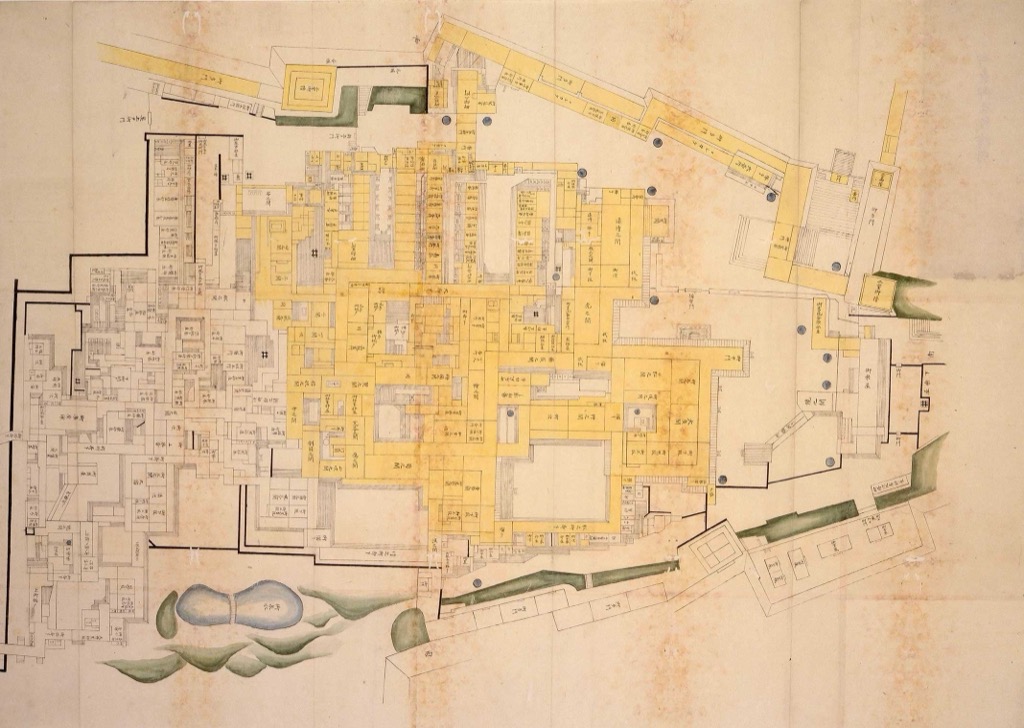
“Illustrated map of the Edo Castle Imperial Palace” by Kenatsu, from the mid-Edo period onwards, owned by the Edo-Tokyo Museum, Tokyo
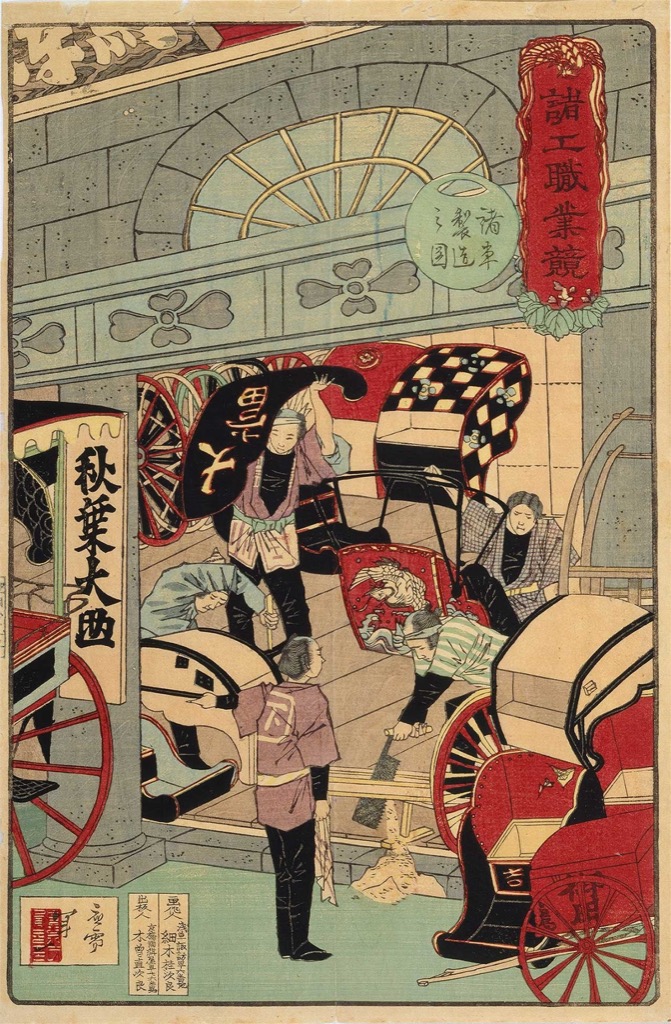
“Various Craftsmen’s Competition: Diagrams of Car Manufacturing” (Panel Exhibition) Painted by Toshikazu Seisai, 1879, Edo-Tokyo Museum, Tokyo
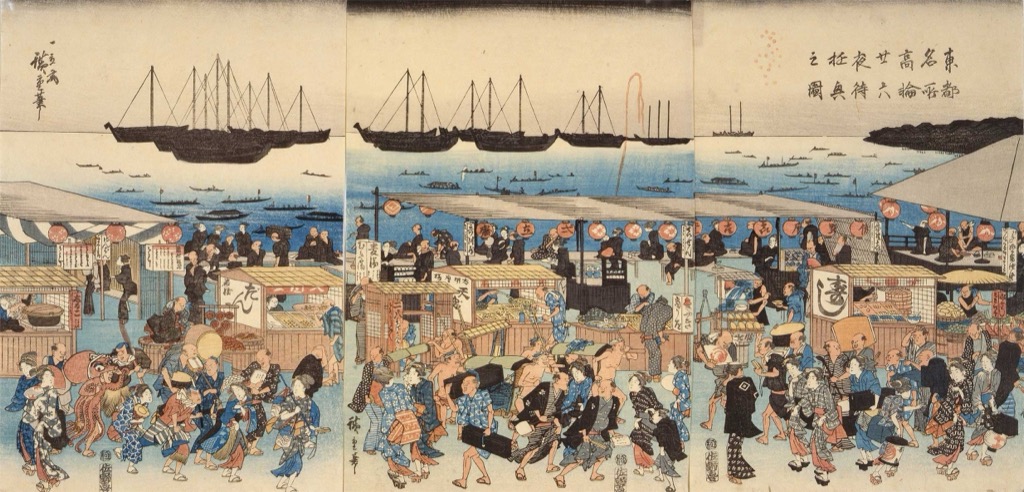
“Illustration of Famous Places in the East: Takanawa Waiting for 26 Nights” (Banner Exhibition) Painted by Hiroshige Utagawa, around Tenpo 12-13 (1841-42), Edo-Tokyo Museum, Tokyo
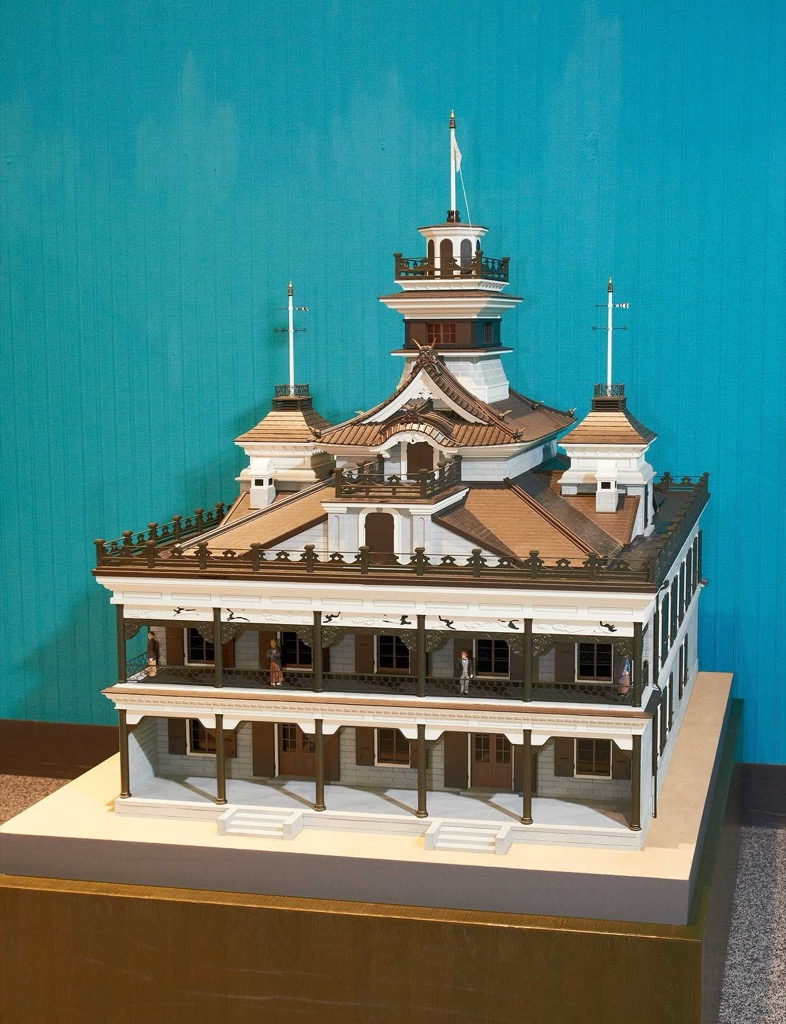
Daiichi National Bank (model/part) Restoration date: Early Meiji period (1872-77) Collection of Edo-Tokyo Museum, Tokyo
2 Familiar hands-on models on display at the permanent exhibition
When you think of Edo Expo, many people probably think of hands-on models. This exhibition will feature hands-on models of rickshaws, senryo boxes, tricycles, and more.
Touring the special exhibit “Mountains of Ueno”

“Ueno Sannodai Saigo Takamori Bronze Statue” Painted by Nobichi Yosai, 1899, Collection of Edo-Tokyo Museum, Tokyo
When you think of Ueno, many people think of museums, art, cherry blossoms, and cherry blossom viewing. The Ueno Park area, represented by Ueno, is located at the edge of the Musashino Plateau and is also known as the “Mountain of Ueno.''
In the Edo period, Ueno was a famous spot for cherry blossom viewing, just as it is today, but it was very different from what it is today, with many temples such as Kan'eiji and Shiin. Furthermore, Ueno Toshogu Shrine was built near Kan'eiji Temple, making Ueno a religious sacred place for the Tokugawa Shogunate.
However, during the Ueno War in 1868, most of the temple, including the Kan'eiji temple, was destroyed by fire, leaving the entire area in ruins. A hospital was planned to be built on the site, but at the suggestion of Baudouin, a Dutch doctor who visited the site, it was designated as a park in 1873, and Ueno Park was born. When the first National Industrial Exhibition was held in 1877, Ueno became a cultural hub and became the venue for numerous expositions and exhibitions. Even today, there are many cultural and educational facilities such as art museums, and it continues to attract people as a place to enjoy art and culture.
Therefore, as a special exhibition, we will introduce the scenery and history of Ueno from the Edo Hiroshi collection, including nishiki-e and postcards. Please take a look at the changes while comparing it with the modern landscape.
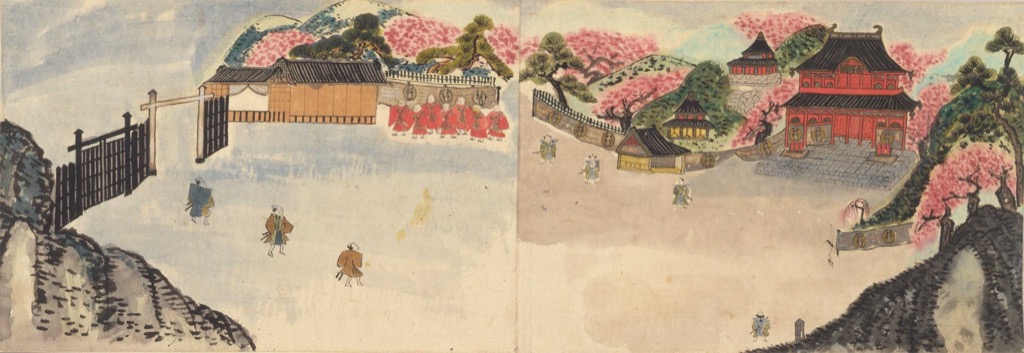
"Illustrated scroll of the Tokugawa family funeral procession" (detail) Late Edo period, Edo-Tokyo Museum, Tokyo
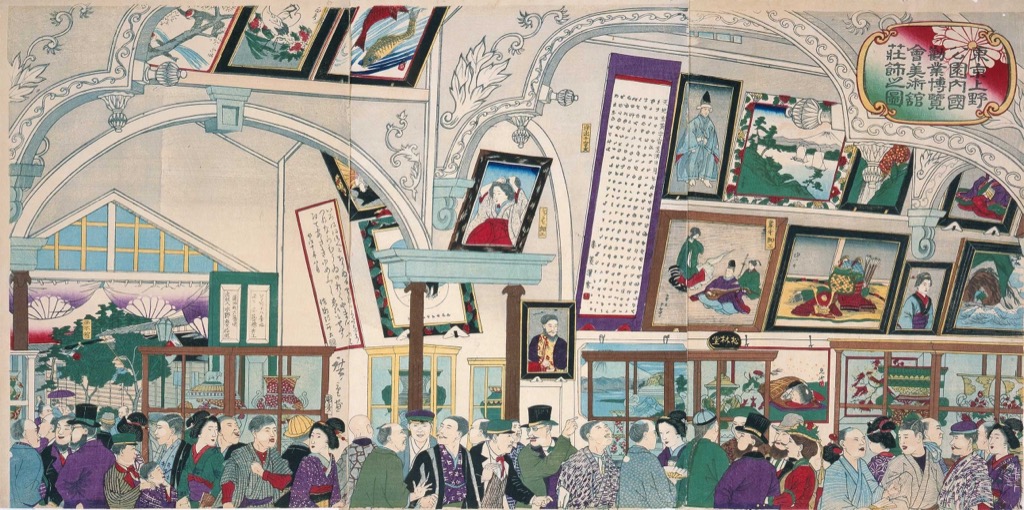
“Illustration of the Manor Decoration at the National Industrial Exhibition Museum in Ueno Park, Tokyo” Painter by Hiroshige Utagawa (III), 1877, Collection of the Edo-Tokyo Museum, Tokyo
Related business
■Let's learn about armor!
We will explain the mechanism and history of armor. Touch the replica armor and experience the material and weight.
Date and time: February 23rd (Friday)
① From 11:00 a.m. ② From 2:00 p.m.
Capacity: 15 people each time
■Let's make a picture book!
The “mon-kiri'' game, which was popular in the Edo period, allows you to create various shapes using paper and scissors. Let's actually experience it while learning the history.
Date and time: Saturday, February 24th
① From 11:00 a.m. ② From 2:00 p.m.
Capacity: 15 people each time
*Scissors will be used, so if children of elementary school age or younger are participating, please be accompanied by a guardian.
Related courses Edohaku Culture
We will introduce the highlights of the special exhibition "Mountains of Ueno".
Course name: History of “Ueno Mountain”
Date and time: February 22nd (Thursday) 2:00pm to 3:30pm
Venue E Tokyo Metropolitan Art Museum Auditorium
Lecturer: Tetsuji Sugiyama (Curator, Edo-Tokyo Museum)
*For details on how to apply and tuition fees, please see the Edo-Tokyo Museum website and the Edohaku Culture flyer.
Click here for edohaku culture.
https://www.edo-tokyo-museum.or.jp/event/other-venues-culture/37616/230222-culture/1/

